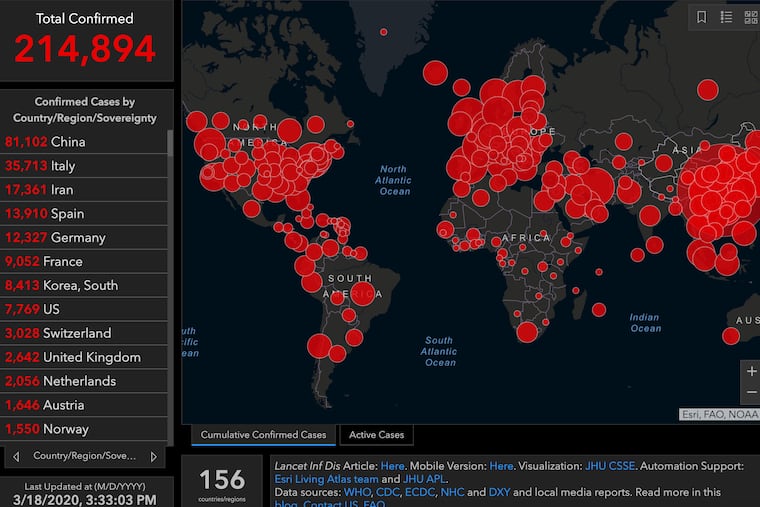Johns Hopkins coronavirus dashboard offers a real-time window on a global pandemic
At Johns Hopkins University, an engineering professor and her students since late January have given the public, worldwide, a view of coronavirus cases as they climb, by location.
